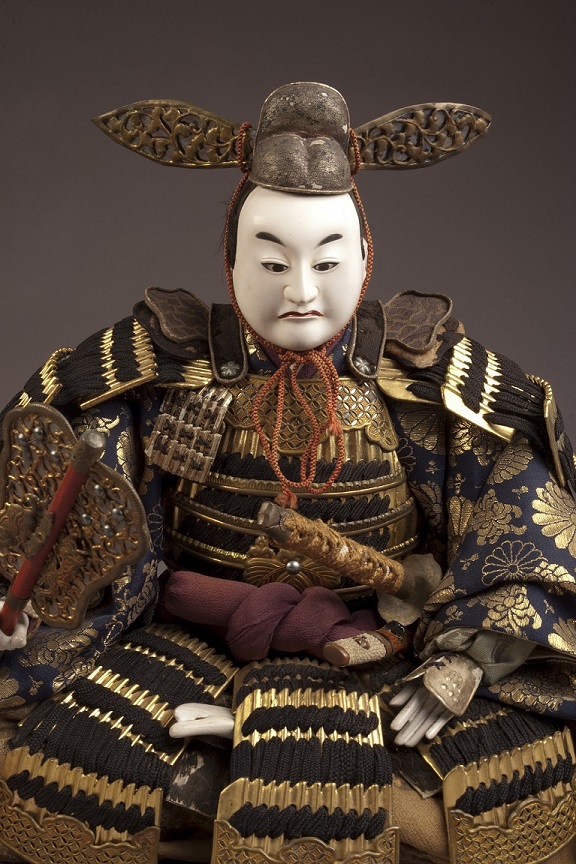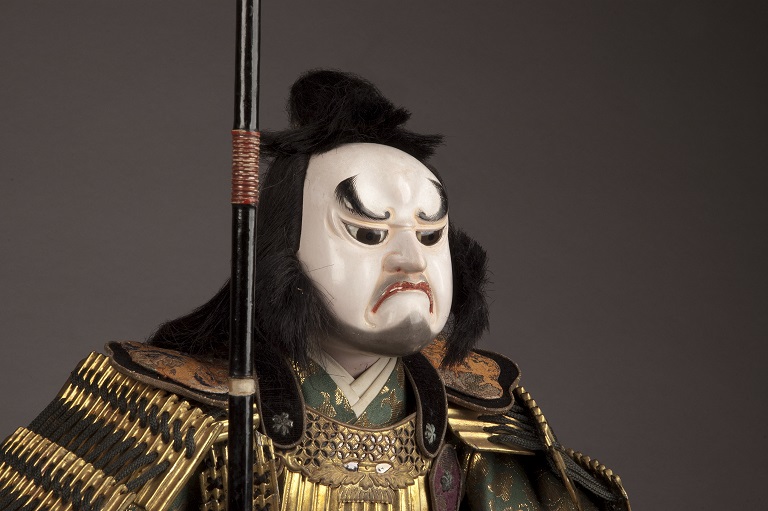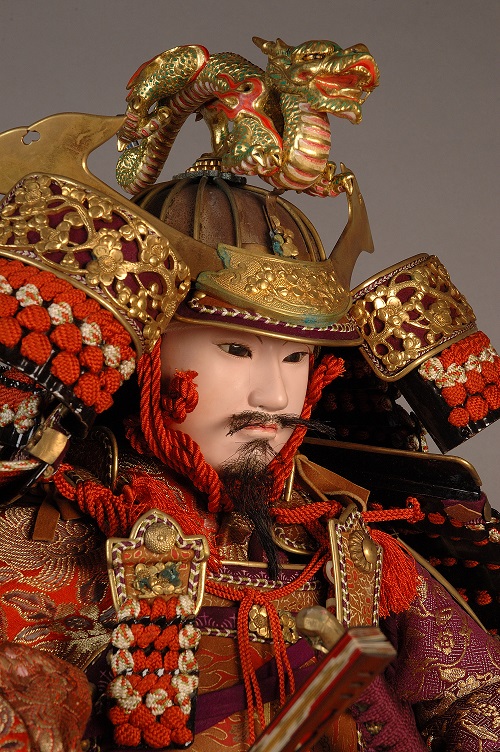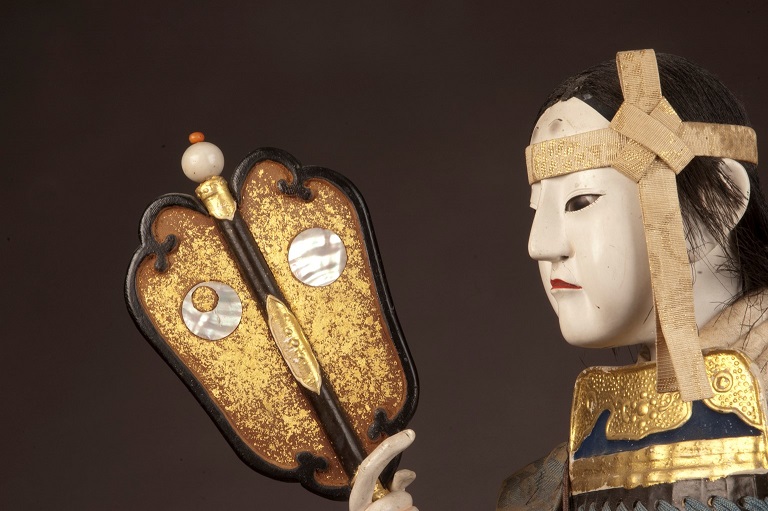 Japan is justifiably famous for its many festivals; each one is reflective of a time and a spirit of community. They serve many functions, but most have a religious or spiritual origin and purpose. Purification. Protection. Gratitude. Commemoration. However, even these sacred rituals and celebrations are not immune to shifts in times, politics and, optics. Today, the 5th month of the 5th day is celebrated as Kodomo-no-hi, or Children’s Day. It is a time for parents to gather with their children, make excursions, and celebrate family, particularly the children. But in times past, it had a very different character. As part of the Go-Sekku or Five Festivals, it was celebrated as Tango-no-sekku, a time for the ritual driving away of evil spirits and malevolent forces that affected the health of the family, community, and nation. Traditionally it was commemorated through the striking of the ground with twisted cords of mugwort artemisia leaves, rough and tumble mock fights in the streets, and the display of warrior dolls with intense visages designed to avert evil. In the post-war era, this more aggressive aspect was eschewed for the more palatable idea of family bonding. Join us for a journey back in time, to explore the visuals and backstories of this all but a forgotten festival. Tango-no-sekku, more popularly known in the West as Boy’s Day.
Japan is justifiably famous for its many festivals; each one is reflective of a time and a spirit of community. They serve many functions, but most have a religious or spiritual origin and purpose. Purification. Protection. Gratitude. Commemoration. However, even these sacred rituals and celebrations are not immune to shifts in times, politics and, optics. Today, the 5th month of the 5th day is celebrated as Kodomo-no-hi, or Children’s Day. It is a time for parents to gather with their children, make excursions, and celebrate family, particularly the children. But in times past, it had a very different character. As part of the Go-Sekku or Five Festivals, it was celebrated as Tango-no-sekku, a time for the ritual driving away of evil spirits and malevolent forces that affected the health of the family, community, and nation. Traditionally it was commemorated through the striking of the ground with twisted cords of mugwort artemisia leaves, rough and tumble mock fights in the streets, and the display of warrior dolls with intense visages designed to avert evil. In the post-war era, this more aggressive aspect was eschewed for the more palatable idea of family bonding. Join us for a journey back in time, to explore the visuals and backstories of this all but a forgotten festival. Tango-no-sekku, more popularly known in the West as Boy’s Day.
Alan Scott Pate is an established premier dealer and authority on ningyô (antique Japanese dolls) outside of Japan and is the author of a number of books documenting the history and development of ningyô within Japanese culture, including Ningyô: The Art of the Japanese Doll (Tuttle, 2005), Japanese Dolls: The Fascinating World of Ningyô (Tuttle, 2008), Entertaining the Gods and Man: Japanese Dolls and the Theater (Morikami Museum and Japanese Gardens, 2012), Art as Ambassador: The Japanese Friendship Dolls of 1927 (2016), Kanban: Traditional Shop Signs of Japan (Princeton University Press/Mingei International Museum, 2017) and Ichimatsu: Japanese Play Dolls (2021) He is also a popular lecturer giving presentations to audiences across the United States, the United Kingdom, and Japan. www.antiquejapanesedolls.com



